In recent years, w-sitting has been getting a lot of attention from worried parents on social media. While some experts say that w-sitting may create problems for children, others say it's no cause for concern. What should parents do? To learn more, I spoke to June Gehman-Deane, a pediatric physical therapist.
Key Insights:
- W-sitting is a common seated position for young children in which their legs create a W shape.
- W-sitting may be a symptom of other concerns such as poor fine motor skills or low muscle tone.
- If children spend a lot of time in a w-sitting position, it may harm their posture, cause loss of range of motion, or even damage their knees.
- In many cases, children grow out of w-sitting.
- Parents can encourage children to use other, better seated positions like criss cross applesauce.
What is W-Sitting?
W-sitting is a seated position common in young children, usually when sitting on the floor. Children sit on their bottoms and put their legs in a w-position with their knees bent and ankles by their hips.
Children often start w-sitting when they learn to crawl, Gehman-Deane says. For example, your child might be crawling and decide to sit up. Some children find it comfortable to pull their hips back and w-sit with their feet next to the hips.
At this stage, Gehman-Deane says that w-sitting is usually not a problem because toddlers are always on the move and don’t stay in one position for long. When your child is a bit older and sits on the floor playing in this position for a long time, it may become an issue.
W-Sitting: Myths and Facts
W-sitting is fairly common and most children grow out of it by the time they start going to school. However, is it dangerous?
This sitting style might cause harm to the hip and knee joints. In some children, w-sitting may be a symptom that can help parents and physical therapists flag other developmental concerns. Read on to discover myths and facts parents should know.
Myth: W-Sitting Increases the Risk of Hip Dysplasia
In the past, people commonly believed that w-sitting caused hip dysplasia. Today, we know this is not true. What is hip dysplasia? The hip is a ball-and-socket joint. During infancy, the socket is soft cartilage that slowly hardens. Sometimes, the socket is too shallow, resulting in dysplasia, meaning the ball can slip out of place.
This condition usually happens when the hip socket does not form properly in babies. Usually, doctors screen babies for this condition. However, especially in mild cases, the condition may not be diagnosed until childhood.
Hip dysplasia typically develops in infants, but w-sitting doesn't occur until toddlerhood. The International Hip Dysplasia Institute says this sitting posture "is normal for many children," and "does not contribute to hip dysplasia." Although sitting this way may not cause hip dysplasia, it may aggravate the hip joint if your child has existing hip issues.
Fact: W-Sitting May Be a Symptom
Sometimes, "w" position sitting can indicate other issues for children, especially if children sit this way a lot. Gehman-Deane explained, "When w-sitting becomes their preferred position of sitting, it's a problem."
Children may prefer this position because it's stable, Gehman-Deane asserts. The feet pointing outward provide a strong base of support. Sometimes, this means children are using this position to compensate for weakness in other areas, such as core muscles.
Here are some possible problems w-sitting may be a symptom of:
- Retained Symmetric Tonic Neck Reflex (STNR)
One of the signs of retained STNR is w-sitting. This reflex helps your baby learn to crawl. Essentially, it means that when your baby extends their arms straight, their legs bend. Similarly, when they put their legs straight out, their arms automatically bend.
Usually, this reflex disappears or becomes integrated by the time your baby is about one year old. If your child keeps this reflex beyond babyhood, it can cause other issues, such as trouble reading and writing, or sitting still. If you notice this along with other signs, such as skipping crawling or poor posture, bring it up to your pediatrician.
- Muscle Tone Issues
Children with poor muscle tone in the core may favor this sitting position because it's more stable. For example, children with cerebral palsy often prefer this position.
- Fine Motor Delays
Children with delays in fine motor skills may exacerbate the problem by using this sitting position. Why? This position makes it harder for children to turn and twist their trunk.
As a result, children may not cross the midline as readily. In other words, they may not use both hands for play. Or they may not use their preferred hand to grab objects on the opposite side of the play area. Crossing the midline is essential for building hand-eye coordination for skills like writing.
If you notice your child shows other signs of concern alongside w-sitting, talk to your child's pediatrician.

Myth: W-Sitting Is Never a Problem
Some claim that parents and caregivers should stop intervening when kids w-sit. While for many children, it may not cause long-term problems, it can for others. This is especially true if children prefer this sitting position and use it a lot. What are some problems it may cause?
-
Posture Problems: W-sitting may lead to posture problems. One study showed that this position contributes to a forward pelvic tilt and internal hip rotation. This can cause back pain, orthopedic disease, and damage to the ACL (a key ligament in the knee).
-
Limited Range of Motion: Gehman-Deane says that some children may lose range of motion because muscles tighten while w-sitting. Specifically, the hip abductors and hamstrings may shorten. This can make other sitting positions uncomfortable, meaning your child favors w-sitting even more.
- Hip Pain: One study showed that w-sitting causes hip impingement more than other sitting positions. This condition causes hip pain because of friction between the ball and socket in the hip joint.
Fact: Further Research on W-Sitting Is Needed
Ultimately, further research is necessary to fully understand the safety of w-sitting. This sitting style is associated with some common issues such as pigeon-toed walking and flat-footedness.
"Pigeon-Toe" Walking
One area of disagreement is femoral anteversion. In this condition, the femur bone twists inward, sometimes causing children's feet to point inward. Known as "in-toeing" or "pigeon-toe," some children grow out of the condition naturally.
Charles Price, pediatric orthopaedic surgeon at the Arnold Palmer Hospital for Children in Orlando, Fla, says w-sitting is benign. He explains that the thigh bone, or femur, is naturally more twisted in young children. The twist makes this sitting position more comfortable for children. As we grow, the twist gradually lessens, making w-sitting less comfortable for adults.
However, many physical therapists question whether the "w" position exacerbates this condition. It may be a chicken or the egg question.
Do children prefer to w-sit because their bones naturally twist that way? Or, do children who sit this way a lot cause the bone to twist even more? Because children's bones are still growing, it may be hard to say.
Association with Flat Foot
Another area of concern is flat-footedness. A study found that children with a w-sitting habit were more likely to have flat feet. The researchers also found that these children had greater joint mobility, which may help explain their preference for this sitting position.
Frequency of W-Sitting
In most research, studies rely on parents to report how often their child uses the w-sit position. New research using automated computer modeling or AI may help track children's sitting positions. This way, researchers can better track how often children w-sit and how the frequency relates to health outcomes.

Alternative Ways of Sitting
Gehman-Deane recommends that if you notice your preschooler w-sitting that you help them reposition. You can say something simple like, "Oh, let's fix your legs!" Here are her top recommendations for safe sitting positions:
Circle Sitting
Babies often like this position when they learn to sit. In this position, your baby sits with their legs out and knees slightly bent, creating a circle. This position is stable, while also encouraging your baby to play with both hands.
Side Sitting
In this position, your child sits on one hip, with both legs off to one side. Gehman-Deane says this is a great position, but to keep an eye out for whether your child favors only one side. If they do, bring it up to your pediatrician.
Criss Cross Applesauce
Also known as sitting cross-legged, this position is also great for play.
Table and Chair
A children's table and chair set is also an ideal option. Make sure your child can sit with their feet flat on the floor. With our Reversible Chair, it's easy. Flip the chair over to find the perfect height for your child.
Standing for Play
Gehman-Deane says that children may also enjoy standing to play. If your child can't reach the counter or sink to play, try our Helper Towers for fun, safe playtime.
The Bottom Line on W-Sitting
For most children, w-sitting is a developmentally appropriate position they might use occasionally. However, if you notice your child uses this position a lot, it may be a sign that they need extra support for muscle weaknesses or a delay. Sitting too much in this position may cause posture problems, pain, and joint issues as your child grows. Encouraging your child to try other sitting positions can promote healthier development.
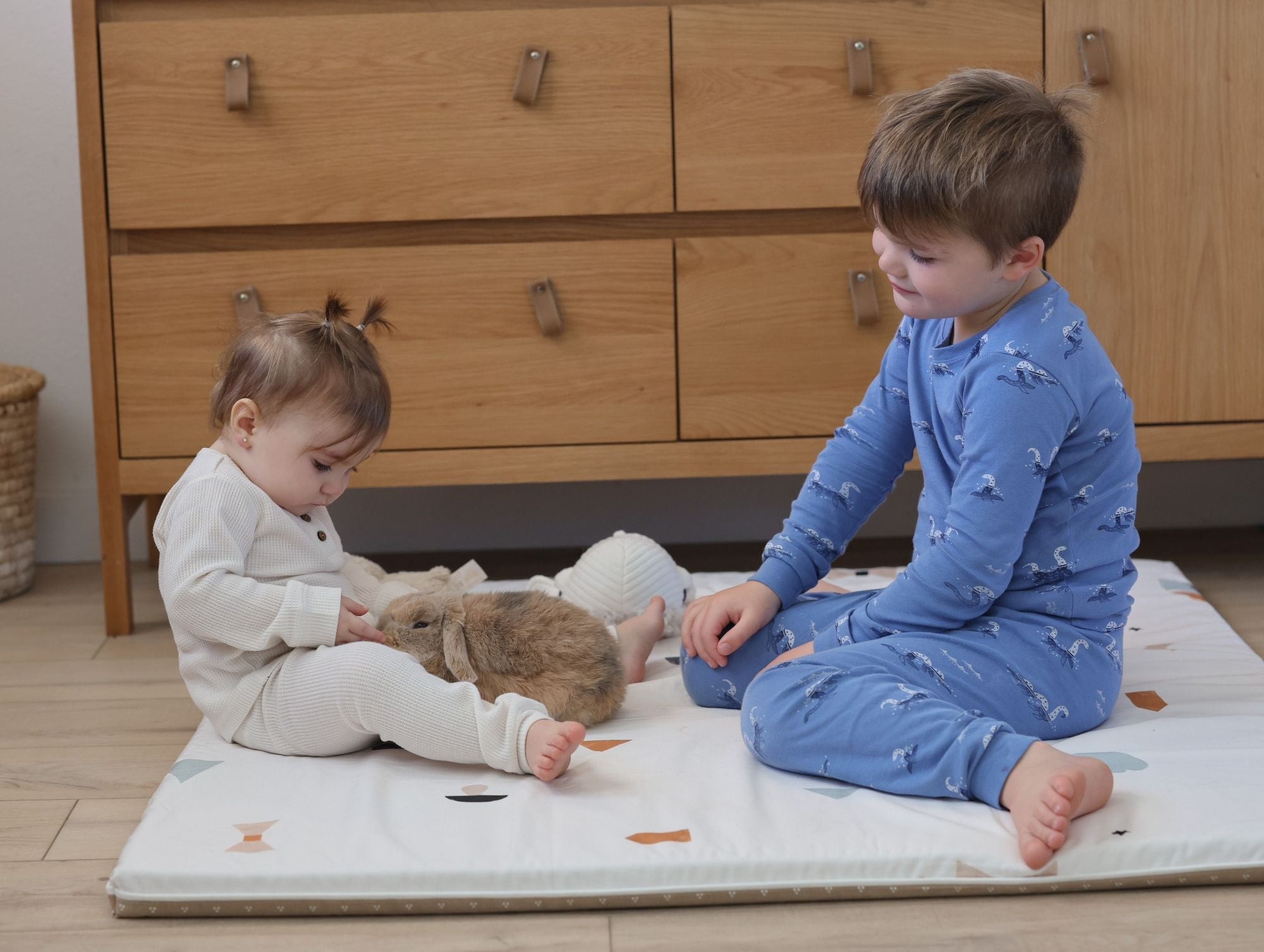

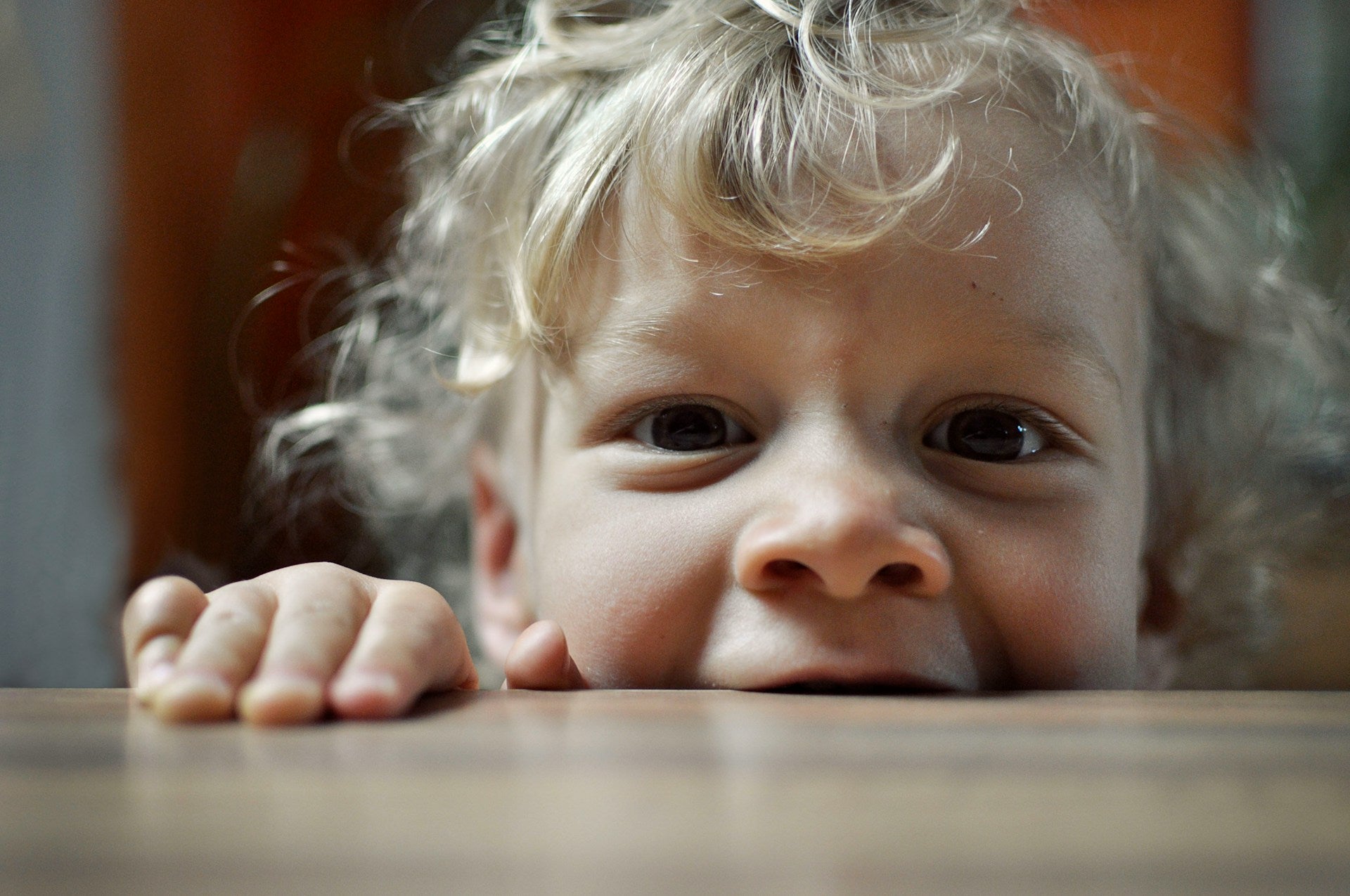
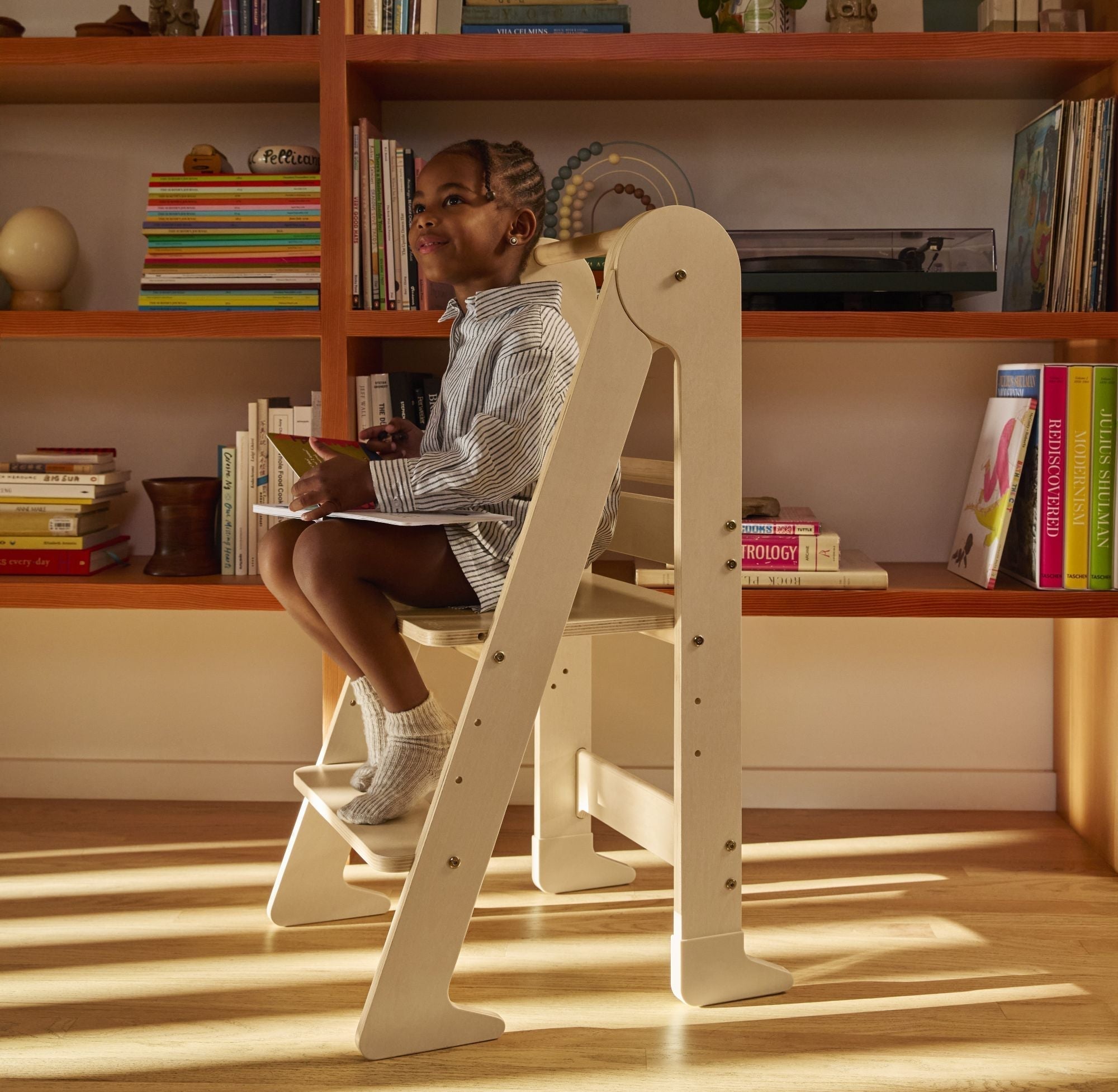
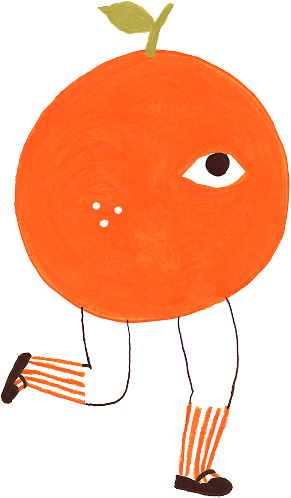
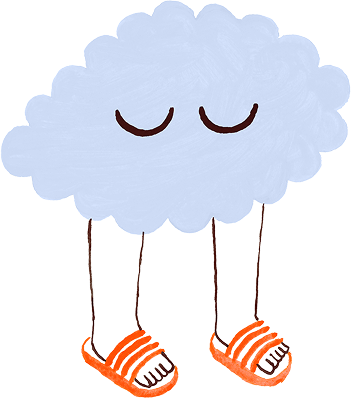
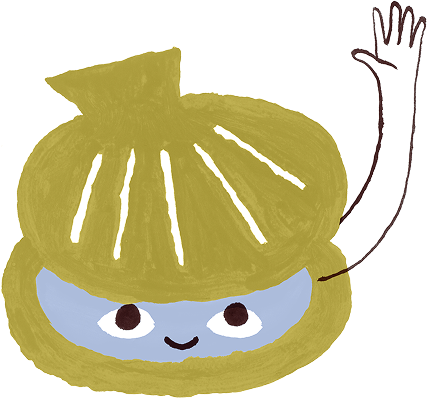
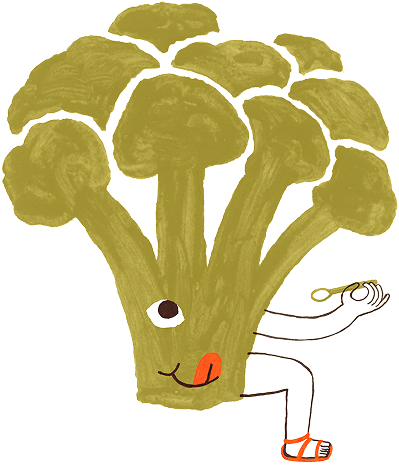
Leave a comment
This site is protected by hCaptcha and the hCaptcha Privacy Policy and Terms of Service apply.